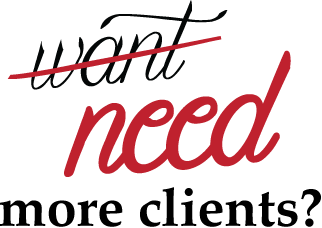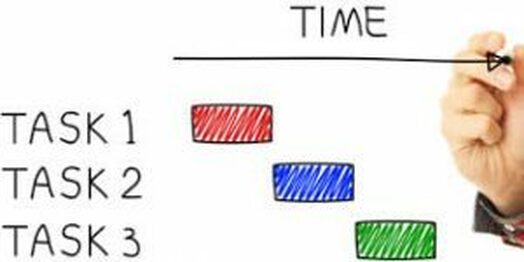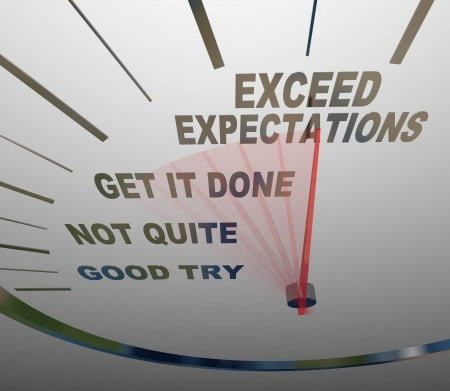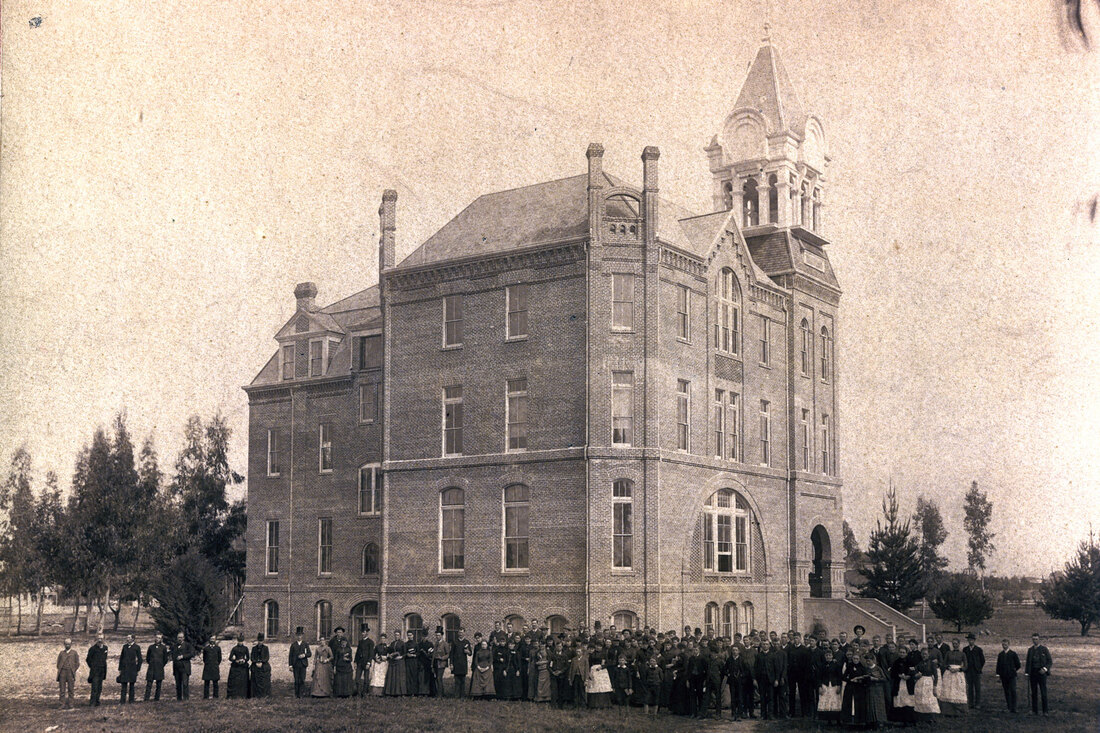Are you dealing with the rollercoaster highs and lows associated with being a consultant? (aka gig, freelancer, solopreneur, etc.)
0 Comments
The gig economy is growing. Growing rapidly!
I recently stumbled upon a publication put out by MBO Partners on an annual basis which compares the state of our economy to the rise and decline of independent workers. It’s a fascinating read, especially with the growth of the gig economy rapidly changing the face of the employment landscape as we know it. MBO indicates 52% of the U.S. adult workforce within 5 years of 2019 will either be working or will have worked as an independent consultant or contractor. That’s huge! Literally half of those employed in the US in one form or another operates as an independent ‘gig’. Furthermore, it’s estimated that 90% of the US workforce says they would be open to the idea of freelancing or consulting. In one way or another that just about includes everyone in the workforce, or close to it. If almost everyone you and I know are, or are interested in being, a gig [consultant] it will only lead to one inevitable outcome. The gig space is going to start to getting highly competitive. Being a freelancer or consultant isn’t uncommon anymore. Long gone are the days where an individual branding themselves as such makes a unique statement which in turn gives that person a competitive advantage. We may not be there yet however rest assure that in the coming years the consulting, gig and freelance field will become much more congested with new players trying to take a piece of the pie. As such, it will be paramount for gigs to learn how to brand themselves accordingly to ensure they remain at the top of the pecking order. Branding is crucial! It’s more than adding a tagline to your business card which creatively says in a couple words what you do. It’s more than building a LinkedIn profile hoping it does the work for you with a serene picture of a bamboo forest behind your mug shot. Branding, a crucial part to any business, is indeed the next wave of importance for the consulting and gig community. What does branding do? Branding does a lot of things. For starters, it helps to build an identify, one people begin to learn over time is synonymous with you. Branding is all about strategic messaging to an audience about who you are, what you’re all about, and how you make a difference. When branding is done right, it can take on a life of its own, far beyond the company, product and original intent. Take for example the Q-Tip. The handy little cotton based product invented in 1923 by Leo Gerstenzang allows us the delightful pleasure to clean the crap out of our ears, keeping them nice and tidy to prevent health related issues and even perhaps hear better. What’s fascinating about Leo’s Q-Tip is that the word itself, ‘Q-Tip’, is a brand specific to one product now made by Unilever Corporation. The branding for this product has been done so well over the years that we all refer to every cotton swab based product as a Q-Tip, regardless of the manufacturer. This my friends is called an eponym. In fact, Unilever even has on their website “Q-TIPS® is a registered trademark of Unilever and is NOT a name for just any cotton swabs. The Q-TIPS® trademark can only be used to refer to the specific cotton swab products manufactured and sold by Unilever and should not be used to refer to cotton swab products of other companies or to cotton swabs generally.” Even Unilever is aware of how well their branding has done in the marketplace, giving credence to their competitors similar products. There are plenty of other products that fall into this category like Kleenex, Post-It Notes and Xerox. Branding creates buzz while giving recognition to a person, company or thing that people can recognize and associate with. It’s powerful stuff these marketing genius’ have dreamed up and we as consumers just love to eat it up. So here’s the rub and what this means you for, my wonderful Mrs./ Mr. Gig. It means you need to learn how to brand yourself asap, before the girl or guy next to you beats you to the punch causing you to become second fiddle in your own back yard. Don’t have experience marketing and or branding yourself? Want to learn? Here are the seven (7) steps to successfully brand yourself as a consultant (freelancer, gig, independent consultant, etc.) in no particular order: 1.Tell Your Story People work with people they like. This has been proven time and time again and I’ve seen it myself many times over throughout career. People also naturally gravitate towards a good story, especially if that story gives them a reason to ‘act’. Spend the time to think through and write out your story. This is the ‘WHY’ you’re a consultant in the first place. WHY you do what you do. What propels you to be you, the inner workings. Once you learn what this is write it down and develop a narrative that shares a story about who you are and why you do what you do. Once you have that done the next step is to share it with the world. 2.Know What Problems You Solve Customers don’t want benefits or values. They don’t want long winded sales presentations that promise them everything under the sun. Customers want solutions! Once you understand what your customers problems are, you can then create information which talks about your ‘WHY’, mentioned above, along with your ability to solve your customers problems. As you start to brand yourself via social media, print, publications, website, etc. make sure this is one of the first things your customers see. It’s all they care about – how you can solve their problems. 3.Consistency When you begin to brand yourself through the various avenues of social media, web, print, etc. it’s vital all of your information communicates the same message, look and feel. This consistency gets viewers accustom to your approach, look and feel. If every time you put something out in the world it looks completely different from one to the other you’ll never get people to connect to your product, service or company. They’re to busy being confused and lost in the process. Keep your message and content simple, yet highly directed to your intended audience. Consistency also refers to the amount you brand yourself. If you only do it once a month you’ll never get anywhere building a brand, however if you do one post, one article or one activity every day the results you’ll see are dramatically different. Just remember, it takes time, so invest in branding yourself now. 4.Speak Like Your Customers When you’re putting together content to put out in the world make sure you put yourself in your customers shoes. Think like them, act like them, be them. If you don’t know how to do that simply ask them. The more you communicate and speak like your customer the better chance you will have in getting their attention. If you’re trying to catch a whale, don’t pretend to be a shark. Instead, be plankton, that’s what whales eat. (I think) 5.Focus on the Solution When branding yourself and or your consulting practice focus on what results you create, provide or give. The journey along the way is of course important however in the consulting/ gig world its all about execution. If you can’t execute and successfully complete a project it doesn’t matter what you may have done along the way. Results are all that matter, brand yourself accordingly. 6.Create a Website I suppose this suggestion falls equally into the general marketing category however in this day and age if you want people to take you seriously having a website is a bare minimum. There are plenty of tools available to create cheap, or even free, template based websites that give any size business or person the ability to compete with the big girls and boys. Check out Weebly or Wiix. That said, keep the website simple and in line with your customers needs. Focus on your story and the problems you solve on behalf of your customers. Also, make sure you buy the online domain names of your consulting practice and any taglines you plan to use for branding purposes. 7.Create Visual Content No one’s saying you need to turn into a graphic designer, but it would help greatly if you could quickly edit and adjust images with your logo and brand to reflect your consulting work. This can be easily accomplished via Microsoft PowerPoint and Paint programs. One can buy stock photos online from dozens of pre-approved imagery galleries and edit them to your hearts content. PowerPoint is a relatively easy to use program to do basic image editing with text, enough to at least get some content out to the masses that is custom and specific to your target audience. Paint is a dumbed down version of PowerPoint, yet effective for small projects. Key Take Away: Don’t wait until your field gets over saturated before you start thinking about branding yourself and or consulting practice. The best way to brand yourself is to start with you, your reason for being a consultant in the first place, and then the problems you solve on behalf of your customers. Your branding should reflect all of this and be consistent across any platform you put it on - your website, social media, print media, publications, etc. Action Item: Does this sound like a lot of work you aren’t interested in getting involved in? If so, don’t feel bad, branding yourself is no easy task. Find a local marketing and branding expert and get help. Ask them to work with you to develop your brand, your approach and customer facing appearance. The money you spend upfront for this help will be well worth it down the road. If you aren’t in a position to pay for help, set aside 3 hours a week to dedicate to your branding efforts. It won’t be much in the beginning but at least it will get you on the road to ingraining this practice in your weekly operating rhythm. You’ve found yourself in consultant heaven having more clients and projects than you know what to do with. Like a dog chasing the car you’ve managed to catch the car (lot’s of projects to keep you busy) but don’t know what to do with it (how to deliver successfully) now that you have it.
If you have multiple projects, multiple clients and or just more work than you know what to do with consider these steps to improve your day and operating rhythm so you can focus on successfully delivering on your projects while keeping your happy customers: Communication Protocol – happy customers are informed customers. Customers don’t like to be treated like mushrooms – fed piles of crap while being kept in the dark. Establish a daily or weekly communications agenda which keeps you on track of your client updates and check-in’s. Consider creating a communication checklist via Microsoft Excel to help with consistency. (or see ‘Invest’ for tools to help with this) Invest – don’t be cheap. Make the investment in a project management tool which will help you stay on track with your projects while giving you a professional interface to use for customer presentations, etc. There are literally dozens of tools you can choose from like Asana, Jira, Microsoft Project, etc. When your work is structured, nice and tidy, your results will reflect it. Establish Customer Expectations – read this link on how to set customer expectations Get Organized – everything from your work space to how you spend your time should be constantly reviewed and altered to improve performance. Time management is key to your success, ability to deliver and to obtain more work. Find ways to reduce busy work, unnecessary check ins or onsite visits with clients. Sometimes visits are crucial and needed, but not always. When reviewing your actual project tasks create different to do lists/ project task lists for each client then merge them so you have one list broken down by all of your clients and required activities per day and week. (FYI – most project management tools do this for you while producing Gantt Charts which can be shared with customers – another reason to invest in technology.) Delegate – Undoubtedly there are aspects of your projects you just don’t like to do yourself. Do you know other people that can help you with some of your work? It pays off to have a small trusted group of allies, other consultants such as yourself, that you can bring in from time to time to help with various parts of the project. This allows you to focus on the work you enjoy most. Say No – one of the most powerful things any professional can do is to say ‘No’ to things or opportunities which don’t align with their key focus. This goes back to how we choose our time and where we spend it. We can’t be everything to everyone. If a customer makes a request that is outside of your capabilities kindly say ‘No’ then point them in the right direction to a possible solution elsewhere. #gogiver Key Take Away: Consider investing in a project management tool to streamline your work while having an organized infrastructure for your consulting business Action Item: Review all the projects you have concurrently and make a task and timeline list. Embedded those tasks into your week based on the deliverables then begin working towards fulfillment of those tasks.
|
Visit Square-1's
|
|










 RSS Feed
RSS Feed


